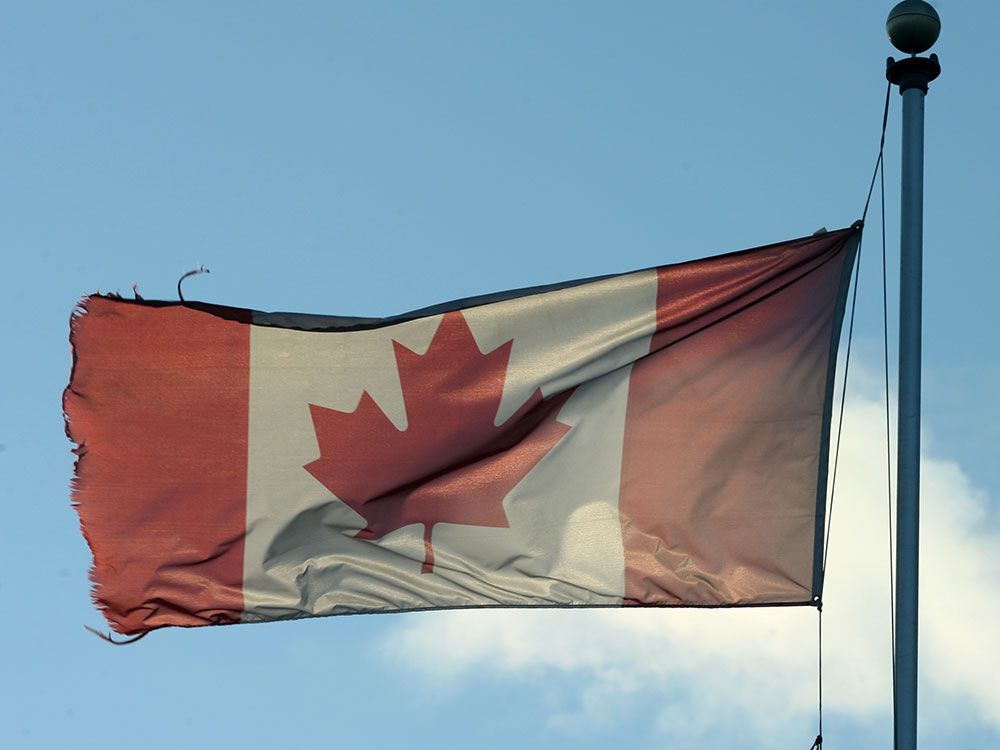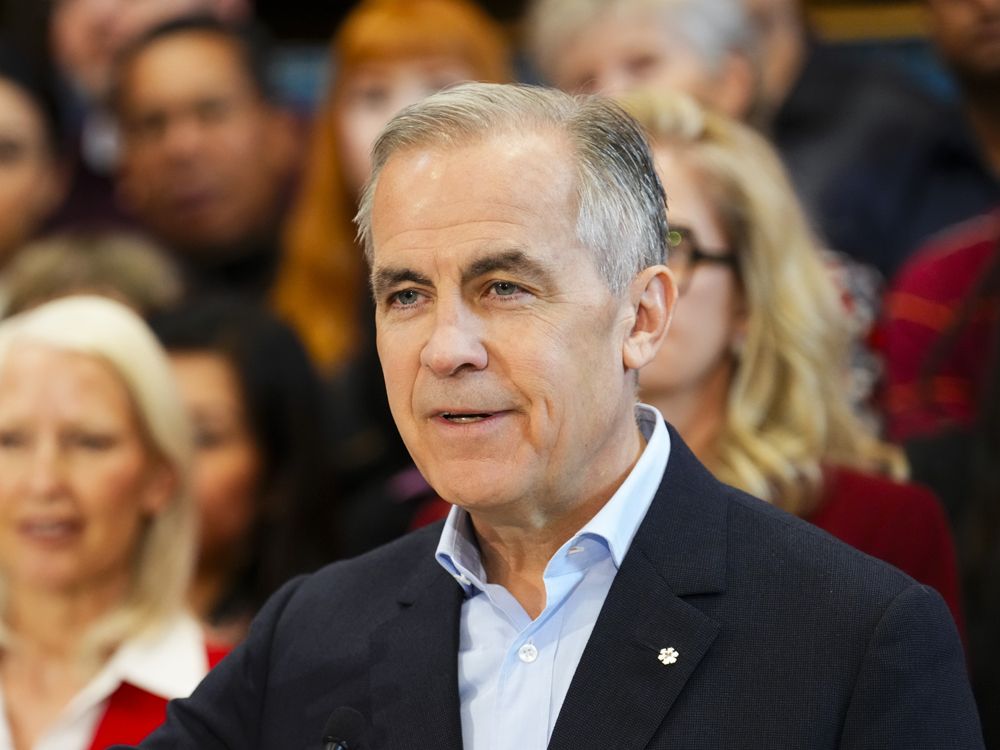Kevin Carmichael: Now expects slack in economy to be absorbed in the second half of next year
Article content
Canada’s central bank will begin considering an interest-rate increase in the second half of next year instead of waiting until 2023, an important shift necessitated by a dramatic revision in the strength of the economy’s recovery from the COVID-19-induced recession.
The Bank of Canada had mostly emptied its armoury fighting the crisis by the time Tiff Macklem took over as governor in June. But one weapon from the Great Recession hadn’t yet been used: an explicit promise to keep the official interest rate pinned near zero for a conditional period of time.
Central bankers prefer to shroud their plans in a certain amount of ambiguity to ensure traders base their decisions on economic conditions, not the direction of monetary policy. But at times of extreme uncertainty, a pledge to keep interest rates low can help settle nerves. Macklem decided to give it a try.
In July, the Bank of Canada said the benchmark lending rate would stay at 0.25 per cent, a record low, “until economic slack is absorbed so that the two per cent inflation target is sustainably achieved.” Policymakers in October then added a twist, going out of their way to note that their economic projections implied they wouldn’t satisfy their inflation goals until sometime in 2023.
Advertisement
This advertisement has not loaded yet, but your article continues below.
Article content
A lot has happened since October. Most importantly, a second and then third wave of COVID-19 infections have swept through the country, pushing the death count to more than 23,700 and the total number of cases past 1.1 million.
But the gravity of the public health threat might have coloured the assumptions officials and forecasters were making about the economy.

In October, the Bank of Canada predicted that gross domestic product (GDP) would increase by 4.2 per cent in 2021, and then in January dropped that estimate to four per cent. Policymakers assumed at the start of the year that the second wave would cause GDP to contract in the first quarter. The opposite happened, because entrepreneurs and executives adapted to COVID-19 restrictions far better than forecasters had realized. That meant there was greater supply than earlier in the crisis, and households, flush with savings, had plenty of demand.
The result: an annual growth rate of seven per cent in the first quarter, a stunning turn of events that forced the Bank of Canada to raise its growth outlook in 2021 to 6.5 per cent. If that trajectory holds, Canada will fill in the hole left by the COVID-19 crisis late this year, much sooner than many had expected.
“Governing Council is more confident in the resilience of the economy,” Macklem said in a statement at the beginning of his quarterly press conference on April 21. “Canadian households and businesses are adapting to the virus, finding new ways to shop, serve customers and work remotely. More important still, the rollout of vaccines is progressing, and we expect better times ahead.”
Advertisement
This advertisement has not loaded yet, but your article continues below.
Article content
The stronger outlook meant Macklem had to adjust his guidance for how long executives and investors should expect him to leave interest rates pinned near zero. The Bank of Canada advised in a new policy statement that the outlook now suggests policymakers are on track to achieve their inflation goals by the second half of 2022, although Macklem told reporters that he wouldn’t necessarily feel obliged to immediately raise interest rates, stressing that the context will matter.
Policymakers also said they would taper their weekly purchases of Government of Canada bonds to $3 billion from $4 billion, a shift that most on Bay Street had expected, given the stronger outlook. Still, interest rates and the dollar jumped, as traders adjusted their assumptions about the relative value of Canadian financial assets. The Bank of Canada’s announcement made it the first major central bank to ease back on the throttle of extraordinary monetary policy, making Canada a more attractive target for bond investors.
That could present Macklem and his deputies with a communications challenge, as they stopped well short of declaring victory in their battle against the pandemic. The Bank of Canada emphasized in its latest quarterly economic report that “achieving full recovery will take time” and that “strong and sustained growth will be needed to overcome the pandemic’s severe economic impacts.”
Advertisement
This advertisement has not loaded yet, but your article continues below.
Article content

Some will argue the Bank of Canada is being reckless. The economies of the United States and China are growing faster than expected, which should keep upward pressure on commodity prices and act as a magnet for the world’s exporters. That’s good for Canada; so good that the central bank said the positives from trade will “substantially exceed” whatever headwinds come from a stronger dollar.
Historic levels of fiscal stimulus in Canada will also propel the economy forward, though the housing market appears to be in danger of overheating, if it hasn’t already. Macklem conceded that he’s somewhat worried, but stopped short of saying the situation demanded higher interest rates.
That’s because policymakers remain troubled by the outlook. There still are 300,000 fewer people working today than at the beginning of the pandemic, and the Bank of Canada noted the shortfall is actually about 475,000 if you take into account where population growth would have pushed employment if not for the epic recession.
“We are making good progress,” Macklem said. “It is still going to take some time to get to a full recovery.”
• Email: kcarmichael@postmedia.com | Twitter: carmichaelkevin
Listen to Down to Business for in-depth discussions and insights into the latest in Canadian business, available wherever you get your podcasts. Check out the latest episode below:
Advertisement
This advertisement has not loaded yet, but your article continues below.
A stronger-than-expected recovery has Bank of Canada eyeing interest rate hikes in second half of 2022
2021-04-21 22:33:10





